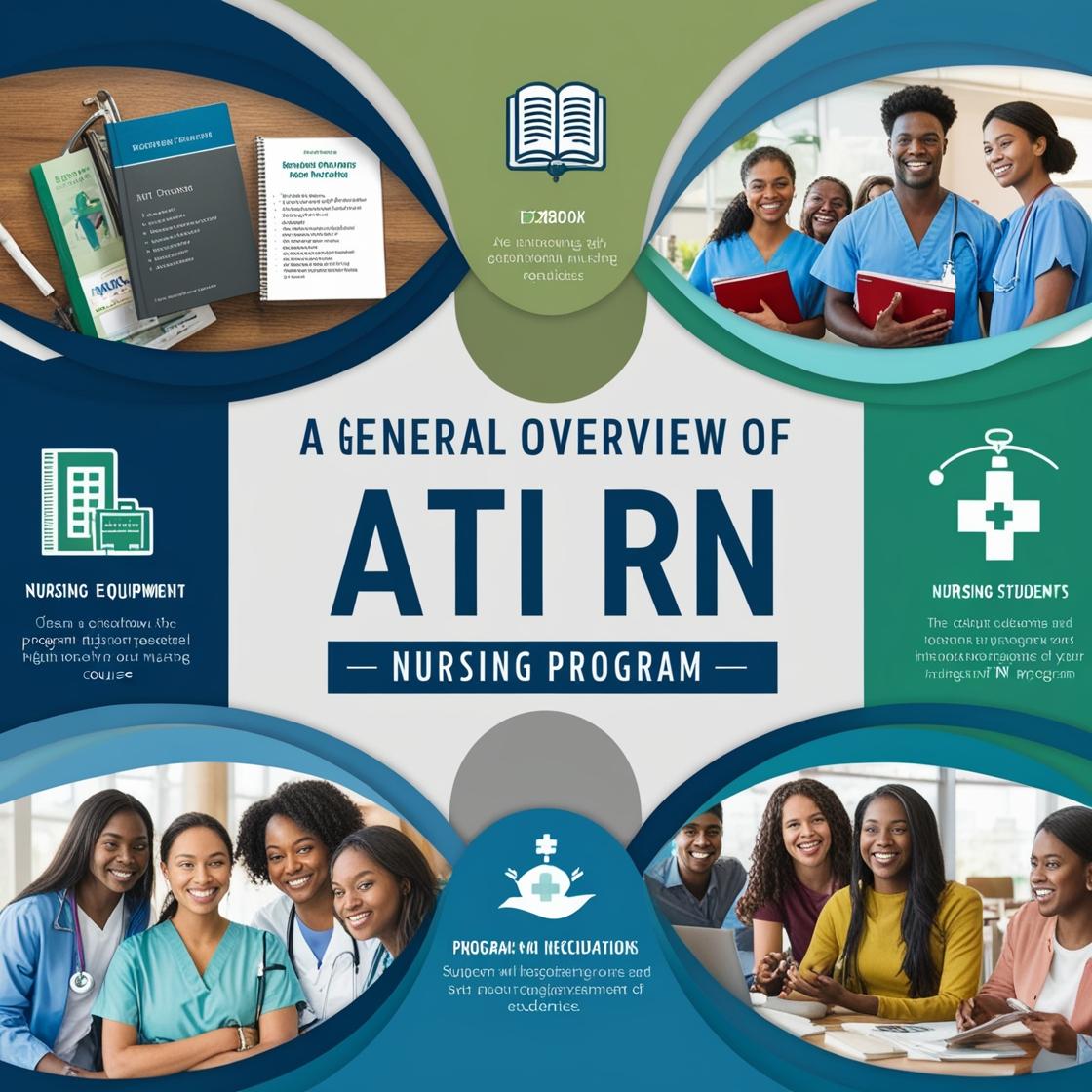ATI RN
WGU Pathophysiology Final Exam
1. What long-term risks should the nurse discuss with a patient starting on hormone replacement therapy (HRT)?
- A. HRT is associated with increased risks of cardiovascular events and breast cancer, so these risks should be discussed with the patient.
- B. HRT can improve mood and energy levels, but it also increases the risk of osteoporosis.
- C. HRT can increase the risk of venous thromboembolism, so patients should undergo regular screening.
- D. HRT decreases the risk of fractures, but it also increases the risk of developing diabetes.
Correct answer: A
Rationale: The correct answer is A. When starting on hormone replacement therapy (HRT), the nurse should discuss the increased risks of cardiovascular events and breast cancer with the patient. These risks are important to consider to make an informed decision. Choice B is incorrect as HRT does not increase the risk of osteoporosis; in fact, it may help prevent it. Choice C is incorrect as while HRT can increase the risk of venous thromboembolism, regular screening is not the primary focus for discussion. Choice D is incorrect as HRT does not decrease the risk of fractures and is not primarily associated with an increased risk of developing diabetes.
2. A patient is being treated with hormone replacement therapy (HRT) for menopausal symptoms. What are the risks associated with long-term HRT that the nurse should discuss with the patient?
- A. HRT may increase the risk of cardiovascular events and breast cancer.
- B. HRT may decrease the risk of osteoporosis.
- C. HRT may increase the risk of venous thromboembolism.
- D. HRT may improve mood and energy levels.
Correct answer: A
Rationale: The correct answer is A. Long-term HRT is associated with increased risks of cardiovascular events and breast cancer. These risks should be discussed with the patient to ensure they are informed about the potential adverse effects. Choice B is incorrect because HRT does not decrease the risk of osteoporosis; in fact, it may increase the risk of certain conditions like cardiovascular events. Choice C is incorrect as HRT is associated with an increased risk of venous thromboembolism, not a decreased risk. Choice D is incorrect because while HRT may have positive effects like improving symptoms of menopause, it is not primarily indicated for improving mood and energy levels.
3. A client with a pneumothorax is receiving oxygen therapy. Which assessment finding would indicate that the treatment is effective?
- A. Increased respiratory rate
- B. Decreased oxygen saturation levels
- C. Improved breath sounds on the affected side
- D. Increased dyspnea and chest pain
Correct answer: C
Rationale: In a client with a pneumothorax receiving oxygen therapy, improved breath sounds on the affected side would indicate effective treatment. This finding suggests that the collapsed lung is re-expanding, allowing air to flow more freely in and out of the affected area. Choices A, B, and D are incorrect: Increased respiratory rate, decreased oxygen saturation levels, and increased dyspnea and chest pain are signs of ineffective treatment or worsening of the condition in a client with a pneumothorax.
4. When teaching a patient about the use of finasteride (Proscar) for benign prostatic hyperplasia (BPH), what should the nurse emphasize about the expected outcomes of this therapy?
- A. Expect improvement in symptoms within a few days.
- B. Improvement in symptoms may take several weeks or months.
- C. Expect immediate improvement in urinary flow.
- D. The medication will cure BPH after treatment is complete.
Correct answer: B
Rationale: The correct answer is B. The effects of finasteride in treating BPH may take several weeks or months to become noticeable as it works by shrinking the prostate gland over time. Therefore, patients should be informed that improvement in symptoms may not be immediate. Choice A is incorrect because improvement in symptoms is not expected within a few days. Choice C is incorrect as immediate improvement in urinary flow is not typical with finasteride. Choice D is incorrect because finasteride manages BPH symptoms but does not cure the condition.
5. A patient's current medical condition is suggestive of impaired erythropoiesis. Which of the following laboratory studies would be most clinically relevant in diagnosing this health problem?
- A. White blood cell count with differential
- B. RBC, hemoglobin, and hematocrit
- C. INR and aPTT
- D. d-dimer and C-reactive protein
Correct answer: B
Rationale: In this scenario, where impaired erythropoiesis is suspected, the most clinically relevant laboratory studies would focus on red blood cell parameters. Therefore, assessing RBC count, hemoglobin levels, and hematocrit values would provide direct insights into erythropoiesis. Choices A, C, and D are not directly related to erythropoiesis assessment. White blood cell count with a differential is more indicative of immune response and infection. INR and aPTT are coagulation studies, while d-dimer and C-reactive protein levels are more associated with inflammation and thrombotic events.
Similar Questions

Access More Features
ATI RN Basic
$69.99/ 30 days
- 50,000 Questions with answers
- All ATI courses Coverage
- 30 days access @ $69.99
ATI RN Premium
$149.99/ 90 days
- 50,000 Questions with answers
- All ATI courses Coverage
- 30 days access @ $149.99
